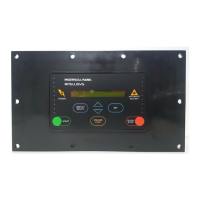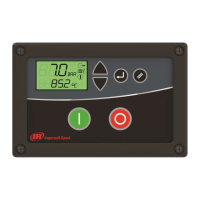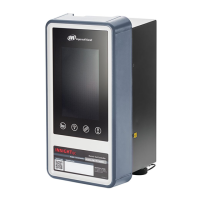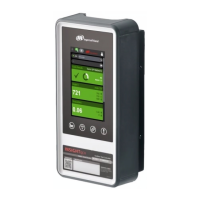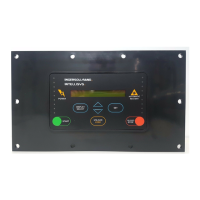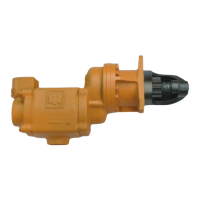
Do you have a question about the Ingersoll-Rand 150BMG Series and is the answer not in the manual?
| Type | Controller |
|---|---|
| Output Type | Relay |
| Communication Protocol | Modbus RTU |
| Enclosure Rating | IP65 |
| Display | LCD |
| Brand | Ingersoll Rand |
Specifies the intended application for the 150BMG Series Air starters in starting reciprocating internal combustion engines.
Details recommended lubrication systems for starter performance and durability, including specific lubricator types and oils.
Explains the model coding system for ordering specific 150BMG Series Air Starters based on configuration options.
Provides essential guidelines for installing the starter, emphasizing hose usage over rigid pipes to mitigate vibration.
Details how to reorient the drive housing, motor housing, and exhaust port for optimal engine fit and hose connection.
Covers the process of mounting the starter, including receiver tank requirements and connecting air hoses.
Discusses recommended locations for the Relay Valve and their implications on air supply control and system dynamics.
Explains how to use the 150BMG Starter for barring over an engine for purposes like setting injectors or timing.
Outlines procedures and precautions for repairing or converting a starter for gas operation, including testing for leaks.
Provides lubrication steps required each time the 150BMG starter is disassembled for maintenance or repair.
Details steps for general disassembly, motor disassembly, gear case disassembly, drive housing disassembly, and parts cleaning.
Instructions for inspecting O-rings, grease seals, needle bearings, ball bearings, and vanes for wear or damage.
Provides essential guidelines for assembling starter components, including bearing installation and lubrication.
Step-by-step guide for assembling the motor components, including rotor, bearings, cylinder, and housing.
Details the procedure for assembling the drive gear, drive shaft, and associated components.
Instructions for assembling the gear case, including bearing and drive shaft installation.
Describes how to test the starter's functionality and rotation direction after assembly.
Lists common starter problems like 'Motor will not run' and 'Loss of Power' with probable causes and recommended solutions.
Emphasizes using genuine replacement parts, authorized service, and proper disposal of end-of-life components.
